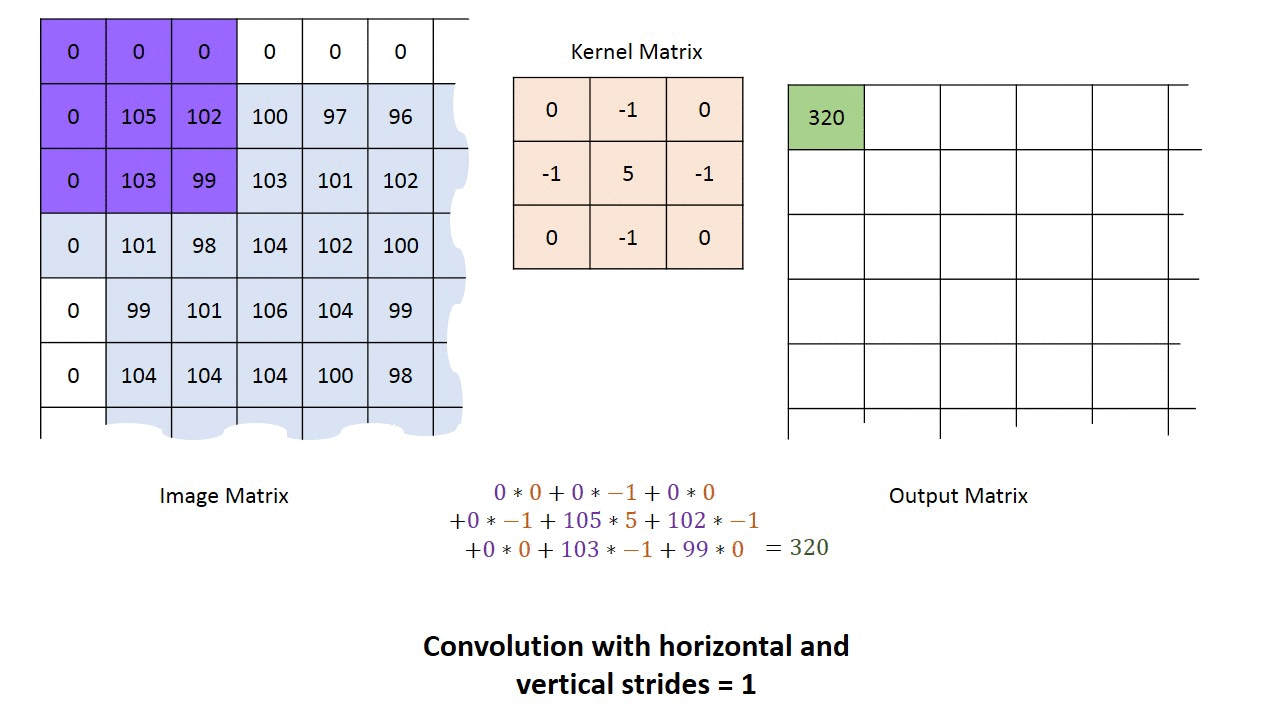
Image Classification with Neural Network
Last Updated on July 26, 2023 by Editorial Team
Author(s): Mugunthan
Originally published on Towards AI.
Deep Learning
A feedforward neural network is an artificial neural network wherein connections between the nodes do not form a cycle. As such, it is different from its descendant: recurrent neural networks.
The feedforward neural network was the first and simplest type of artificial neural network devised.In this network, the information moves in only one direction — forward — from the input nodes, through the hidden nodes (if any) and to the output nodes. There are no cycles or loops in the network.
— reference from Wikipedia
A Convolution neural network(CNN) is a deep learning algorithm that takes images as input, learn objects/aspects from image and differentiate each image. In primitive methods, filters are hand-engineered and applied to images. Using CNN, filters are learned from the images with enough training.
Why CNN over feedforward neural network?
An Image is nothing but a matrix, why not flatten it into a 1D array and input it into a feed-forward network?.
Let me explain this with an example, Consider an Image with spatial dimensions (64 x 64 x 3), which is converted to dimension (12288 x 1).
Now even if the first layer of the model contains 10 neurons, learnable parameters become 10*12288 = 122880 for a single layer. This will increase the number of learnable parameters in the model and thus computations also increase.
In the case of CNN, the image is fed as such ie. (64 x 64 x 3). convolution layers are a set of filters convoluted over input volume.

These filters or kernel matrices here act as learnable parameters. Hence these will be updated on each iteration of the datasets. So how does it reduce the learnable parameter? It is still the same number!!
The answer is No! Because weights that are learned at a particular depth can be applied to other depths. So a number of parameters are not the same.
So how can we compute the dimensions of the output?

W- dimension of the image, F- Filter Dimension, P- Padding, S- Stride
The stride S controls the size of the step by which the filter is moving. The padding P controls the size of the output by adding zeros (or other values) to the border of the input.
Convolutional Neural networks will easily have a million learning parameters because of the data that they are learning from. This is also one of the reasons there are limited resources on mobile CNN which can lack computational power.
Transfer Learning will help everyone to model without actually training the entire model.
Tensorflow has Object Detection API and model zoo to help with detection and classification problems.
models/research/object_detection at master · tensorflow/models
Creating accurate machine learning models capable of localizing and identifying multiple objects in a single image…
github.com
models/tf2_detection_zoo.md at master · tensorflow/models
We provide a collection of detection models pre-trained on the COCO 2017 dataset. These models can be useful for…
github.com
For further reading on Conv nets and Image classification continue read here.
Join thousands of data leaders on the AI newsletter. Join over 80,000 subscribers and keep up to date with the latest developments in AI. From research to projects and ideas. If you are building an AI startup, an AI-related product, or a service, we invite you to consider becoming a sponsor.
Published via Towards AI
Take our 90+ lesson From Beginner to Advanced LLM Developer Certification: From choosing a project to deploying a working product this is the most comprehensive and practical LLM course out there!
Towards AI has published Building LLMs for Production—our 470+ page guide to mastering LLMs with practical projects and expert insights!

Discover Your Dream AI Career at Towards AI Jobs
Towards AI has built a jobs board tailored specifically to Machine Learning and Data Science Jobs and Skills. Our software searches for live AI jobs each hour, labels and categorises them and makes them easily searchable. Explore over 40,000 live jobs today with Towards AI Jobs!
Note: Content contains the views of the contributing authors and not Towards AI.














